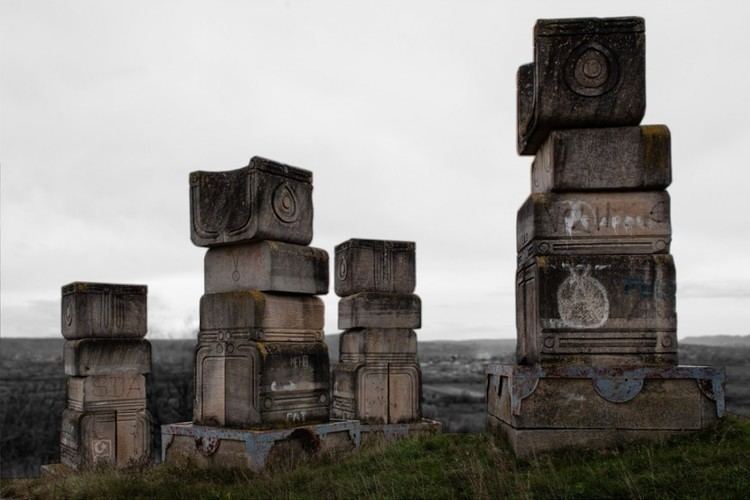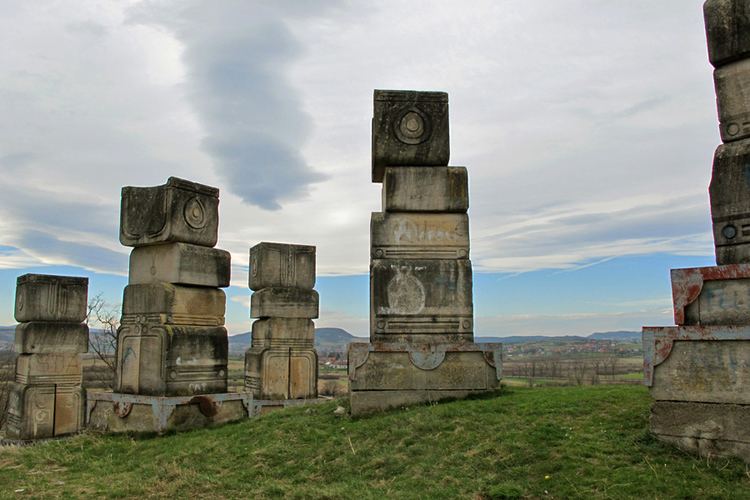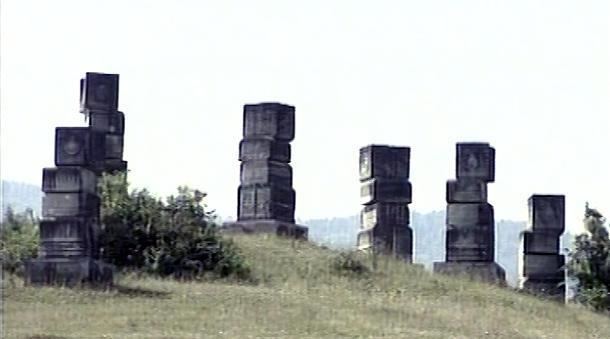Killed est. around 15,000 | ||
 | ||
Location Near Bihać, Bosnia and Hercegovina Operational July 1941 – September 1941 Operators Independent State of Croatia, Ustaše | ||
Garavice sje anje na 14 hiljada rtava usta kog terora
Garavice (Serbo-Croatian: Garavice/Гаравице) was an extermination location established by the Independent State of Croatia during World War II near Bihać, northwest Bosnia and Herzegovina. Between 12,000 to 15,000 people, mostly Serb civilians, were murdered at Garavice by the Ustaše regime in 1941.
Contents
- Garavice sje anje na 14 hiljada rtava usta kog terora
- Xc trke garavice uvod
- Background
- Mass murders
- Memorial Park
- References

Garavice massacre is a part of widespread persecution of Serbs, genocide that included extermination, expulsions and forced religious conversions of large numbers of ethnic Serbs by the Ustaše regime in the Independent State of Croatia. These atrocities were carried out by Croat collaborators and Axis occupying forces during World War II.

Xc trke garavice uvod
Background

The Independent State of Croatia was founded by the Ustaše on 10 April 1941, after the invasion of Yugoslavia by the Axis powers. The Independent State of Croatia consisted of most of modern-day Croatia and Bosnia and Herzegovina, together with some parts of modern-day Serbia. Croatia was the only nation beside Germany to operate extermination camps during World War II.

Some of the first decrees issued by the leader of the Independent State of Croatia Ante Pavelić reflected the Croatian adoption of the racist ideology of Nazi Germany towards Jews and Serbs.
Mass murders

Arrests of Serb and Jewish civilians in and around Bihać were ordered by Ljubomir Kvaternik, a county prefect, in June 1941. Arrestees were transported and executed at Garavice, near Bihać. In July 1941, the Ustaše murdered between 12,000 and 15,000 Serbs, Jews, and Roma in Garavice. The largest number of victims were Serbs. Corpses were thrown in mass graves at Garavice or tossed into the neabry Klokot and Una rivers.
Memorial Park

In 1981, the Yugoslav government established a memorial park in Garavice, designed by renowned architect Bogdan Bogdanović and opened 39 years after the massacre. In 2011, the memorial park was declared a National Monument of Bosnia and Herzegovina. Since then, however, the park has reportedly been neglected by the Bosnian government, and is overgrown with and bushes, and desecrated with Nazi and Ustaša graffiti.
